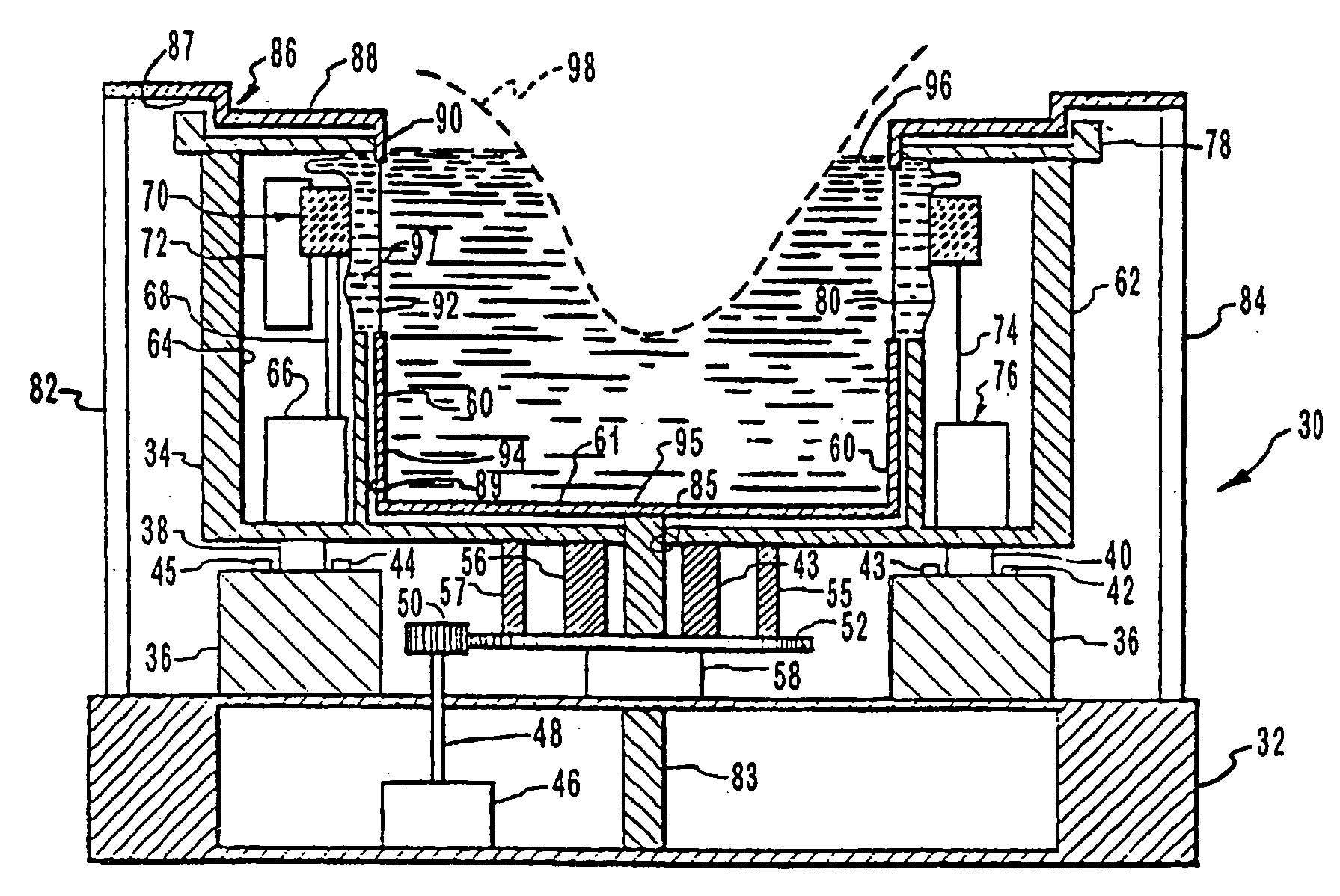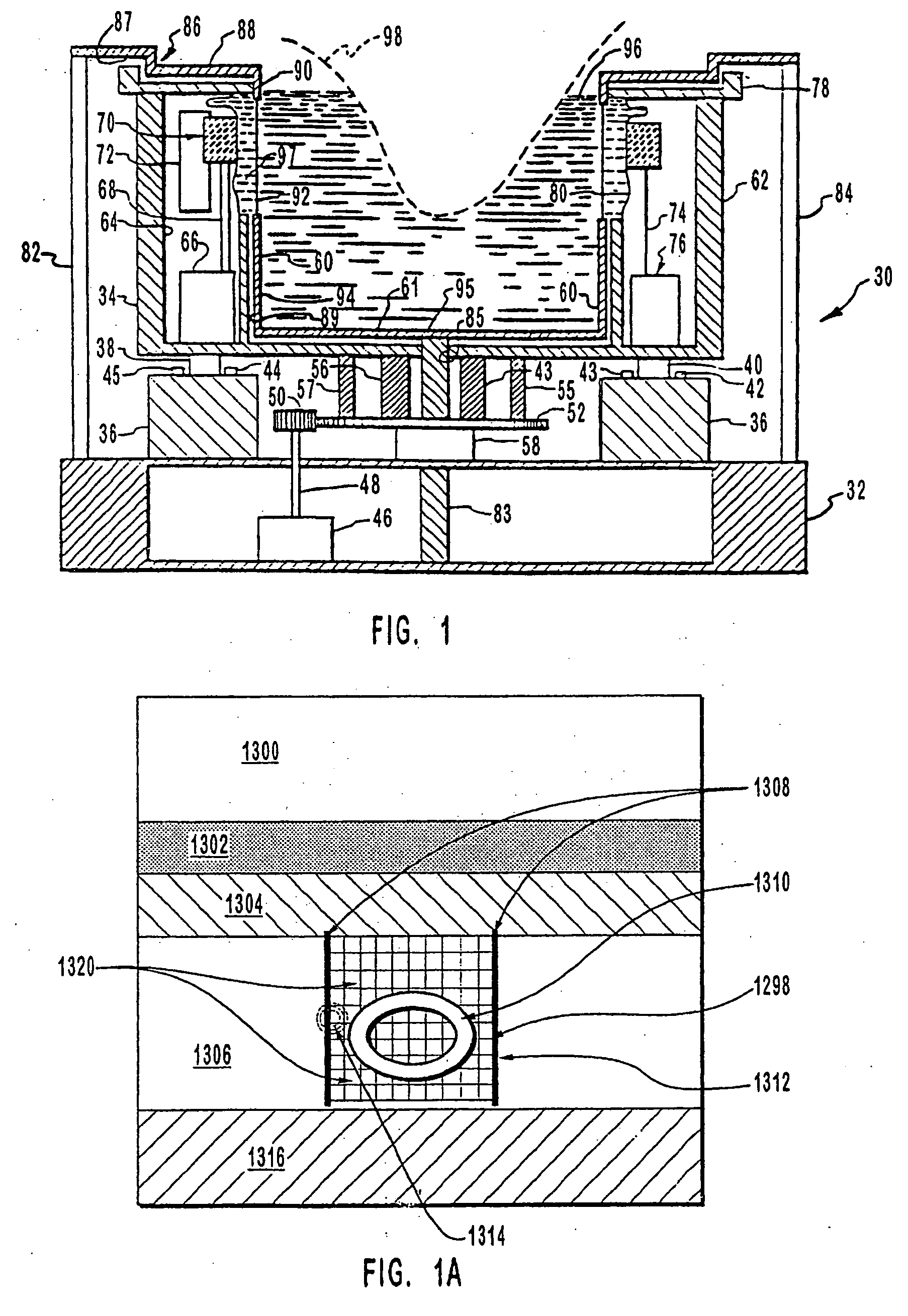Apparatus and method for imaging objects with wavefields
a wavefield and object technology, applied in the field of apparatus and method for imaging objects with wavefields, can solve the problems of reducing the effectiveness of the imaging program, traumatic patient biopsy and high cost, and biopsy of benign lesions is about ten times more expensiv
- Summary
- Abstract
- Description
- Claims
- Application Information
AI Technical Summary
Benefits of technology
Problems solved by technology
Method used
Image
Examples
example 1
Acoustic Scattering—Scalar Model Equations
[0130] This first example is designed to give the basic structure of the algorithm and to point out why it is so fast in this particular implementation compared to present state of the art. The background medium is assumed to be homogeneous medium (no layering). This example will highlight the exploitation of convolutional form via the FFT, the use of the Frechet derivative in the Gauss-Newton and FR—RP algorithms, the use of the biconjugate gradient algorithm (BCG) for the forward problems, the independence of the different view, and frequency, forward problems. It will also set up some examples which will elucidate the patent terminology. The field can be represented by a scalar quantity f. The object is assumed to have finite extent The speed of sound within the object is c=c(x). The speed of sound in the background medium is the constant co. The mass density is assumed to be constant. The attenuation is modelled as the imaginary part o...
example 5
Extension to Biot Theory (Acoustic Approximation)
[0208] In the article [Boutin, 1987, Geophys. J. R. astr. Soc., vol. 90], herein incorporated by reference, a greens function for the determination of a point response to a scattering point located in an isotropic, homogeneous, porous medium that supports elastic waves is developed. The implementation of this Greens' function into an imaging algorithm has never been carried out before. In this section, we have adapted their approach to derive an acoustic approximation to the fully elastic Biot theory that enables us to present a simplified practical tool for the imaging of porosity-like parameters in a geophysical context. The implementation of the full elastic Biot imaging algorithm using the Green's function of [Boutin, 1987] in place of the one derived in [Wiskin, 1992] is no different from the discretization employed here. The use of the sinc basis functions, the FFT's, the biconjugate gradients, and so on, is identical.
[0209] ...
example 6
Non-Perturbative Inversion of Elastic Inhomogeneous Structures Buried Within a Layered Half Space
[0227] In elastic media (by convention in this patent, media that supports shear wave activity) the relevant parameters are γ, μ, (Lame′ parameters), ρ (density) and absorption. The inversion for these elastic parameters (i.e. the first and second Lame′ parameters, γ and μ follows virtually the same prescription as was outlined above for the acoustic scalar case. In a manner similar to the Electromagnetic Inversion problem discussed above, it is possible to break up the arbitrary 3 dimensional vector u(x,y,z), representing the displacement into components that propagate independently. The exact description of this procedure is given in [Wiskin, 1991], and [Muller, 1985]. This example will not deal with this decomposition since the idea behind this is more easily seen by looking at the electromagnetic example given earlier.
[0228] The idea here is to incorporate the above solution to th...
PUM
 Login to View More
Login to View More Abstract
Description
Claims
Application Information
 Login to View More
Login to View More - R&D
- Intellectual Property
- Life Sciences
- Materials
- Tech Scout
- Unparalleled Data Quality
- Higher Quality Content
- 60% Fewer Hallucinations
Browse by: Latest US Patents, China's latest patents, Technical Efficacy Thesaurus, Application Domain, Technology Topic, Popular Technical Reports.
© 2025 PatSnap. All rights reserved.Legal|Privacy policy|Modern Slavery Act Transparency Statement|Sitemap|About US| Contact US: help@patsnap.com



